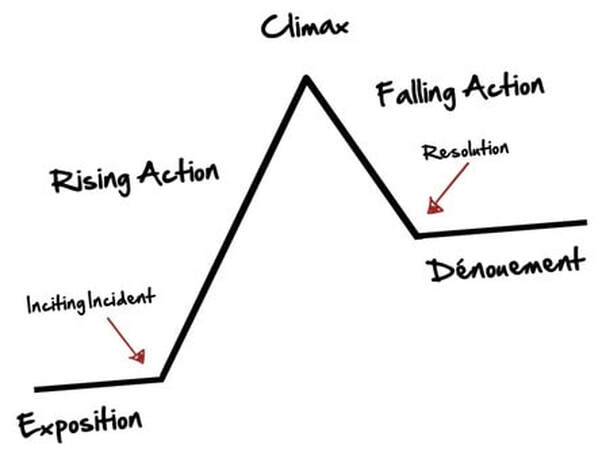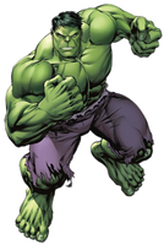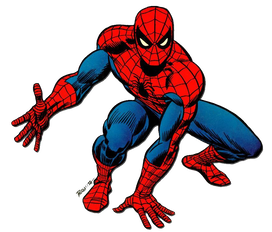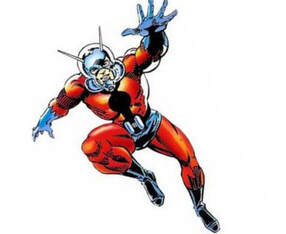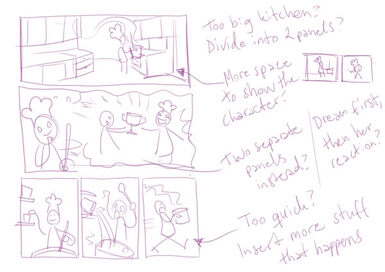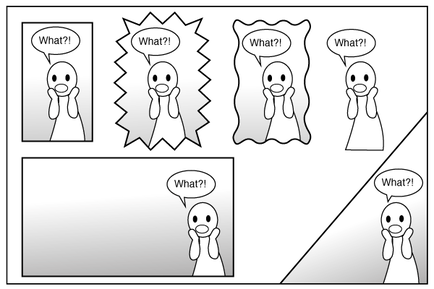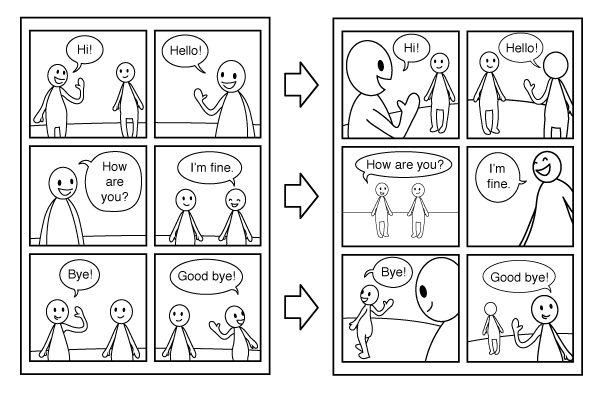|
|
|
|
When it comes down to brass tacks dramatic archs is the skeleton of any good narrative; Cinderella, To Kill a Mocking Bird, Breaking Bad, etc. We are introduced to a character, something happens to cause change, struggles occur along the way to change, some type of change happens, a resolution occurs, and then we move on. In your comic you will be using this age old device to navigate your way through your story. REMEMBER!!!! A good story can carry poor drawings but a poor story can not be saved by amazing drawings.
|
Example: The movie water world from the tailor looks AMAZING! (at least it did in 1995). It had big name actors, amazing sets, and mindblowing special effects. The only problem was that the the plot was full of holes, extremely slow, and had essentially been done 10 years earlier in a movie called Mad Maxx. On the flip side the movie Blarr Witch Project cost $60,000 to make and Grossed almost $250 million dollars, which was almost 3 times more than the big budget Water World!
|
|
THE ASSIGNMENTS
PART ONE - READING COMICS / MANGA
PART ONE - READING COMICS / MANGA
- Read all the questions on the reading comics worksheet so you know what you are looking for.
- Read one of your favorite comics, manga, or watch an episode of an anime.
- As you watch it fill out the Reading comics worksheet.
- Submit it to schoology
PART TWO - OUTLINE YOUR STORY
If you are not sure were to start write about what you know... YOU! A comic can be about relationships, challenges, victories, adventures, or almost anything else. When you brainstorming remember that although it may be about you but, you can use metaphorical characters and exaggerated adventures to represent the true story.
If you are not sure were to start write about what you know... YOU! A comic can be about relationships, challenges, victories, adventures, or almost anything else. When you brainstorming remember that although it may be about you but, you can use metaphorical characters and exaggerated adventures to represent the true story.
PART THREE - DEVELOPING YOUR CHARACTER
Before you begin you will need to have your dramatic arch / story outline finished. Without knowing the story how are you suppose to know who or what your characters are? Although your story needs to be based on an important event that has happened in your life your characters can be representations like the characters in little toaster or Spiderman.
Once you have settled on who will be playing the leading roles in your story you will be required to create a model sheet for your main character including the following. Check out the extra resources for more help.
- Complete the google doc of character questions and submit it to schoology.
- 3 different angles or positions - SKETCHES
- 3 different emotions with labels - SKETCHES
EXTRA RESOURCES
- 20 Character Design tips
- Cartoon Fundamentals
- Sheets 101
- Disney Model Sheets
- Help with expressions and positions
- Shaping your Character
- 10 Principles of Character Design
- How Chris Ware Invents Characters TOTALLY unlike Himself
Before you begin you will need to have your dramatic arch / story outline finished. Without knowing the story how are you suppose to know who or what your characters are? Although your story needs to be based on an important event that has happened in your life your characters can be representations like the characters in little toaster or Spiderman.
Once you have settled on who will be playing the leading roles in your story you will be required to create a model sheet for your main character including the following. Check out the extra resources for more help.
- Complete the google doc of character questions and submit it to schoology.
- 3 different angles or positions - SKETCHES
- 3 different emotions with labels - SKETCHES
EXTRA RESOURCES
- 20 Character Design tips
- Cartoon Fundamentals
- Sheets 101
- Disney Model Sheets
- Help with expressions and positions
- Shaping your Character
- 10 Principles of Character Design
- How Chris Ware Invents Characters TOTALLY unlike Himself
|
PART FOUR - STORYBOARD / FIRST DRAFT
Having a written script it is now time to start turning words into pictures. Try drawing the actions from your script using simple stick figures. Do not worry about making it look good—what is important is that your story can be understood in pictures just as well as in written form. At this stage it often becomes clear if you have missed some necessary details in the script, or if something only works in text and not visually. The script is not law, so feel free to go back and forth between sketching and writing to adjust what does not feel right. It is ok to scribble a lot in this phase and to add comments on the side. |
All over the world there are different styles of comics, not only in the drawings but in the layouts as well. The empty spaces between the comic panels are commonly referred to as 'gutters', which are often used in Western comics. Having one or several panels without gutters creates a different type of layout, which is often used in Japanese comics (manga).
The shape of the comic panels can vary a lot as well. It does not have to be the usual squares and rectangles. Having a circular, star shaped, or wavy panel can give a different feeling or give information to the reader. For example, the wavy panel is often used as a way of saying that what is happening within the panel is a fantasy, dream or memory, and not part of the present narrative.
The shape of the comic panels can vary a lot as well. It does not have to be the usual squares and rectangles. Having a circular, star shaped, or wavy panel can give a different feeling or give information to the reader. For example, the wavy panel is often used as a way of saying that what is happening within the panel is a fantasy, dream or memory, and not part of the present narrative.
When making longer narrative-focused comics it might be good to move the "camera" around a bit more. Close-ups, full body shots and using the bird's/worm's eye view can change things up a lot, even if it is just two characters talking to each other.
No matter what type of comic you are making, clarity is key. The reader should not be confused about in which order the panels should be read or what is happening. While you do want the to vary the angles, you do not want to confuse the reader on which characters are talking and from where we are seeing.
No matter what type of comic you are making, clarity is key. The reader should not be confused about in which order the panels should be read or what is happening. While you do want the to vary the angles, you do not want to confuse the reader on which characters are talking and from where we are seeing.
PART FOUR REQUIREMENTS
ALL
BEGINNER - You will need to make a minimum 6 panel comic plus your title
INTERMEDIATE - You will need to make a minimum 7 panel comic plus your title
ADVANCED - You will need to make a minimum 8 panel comic plus your title
ALL
- Must include Title panel with both Title and Your Name
- sketched out NOT FINISHED
- Variety of panel shapes and "camera angles"
- Clear story with sequence of events and more images than text
- Beginning, Middle, and End
- MUST POST PHOTO OF ROUGH DRAFT IN CLASS DISCUSSION BOARD!!
BEGINNER - You will need to make a minimum 6 panel comic plus your title
INTERMEDIATE - You will need to make a minimum 7 panel comic plus your title
ADVANCED - You will need to make a minimum 8 panel comic plus your title
Interesting
|
|
|
